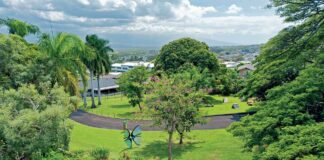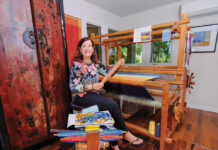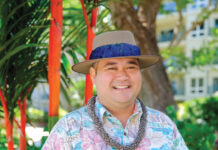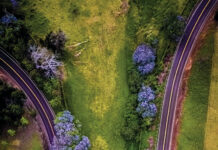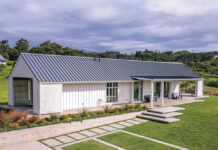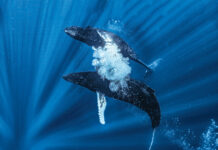Story by Lehia Apana
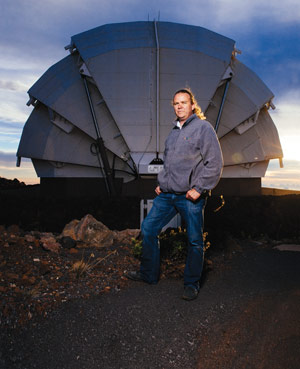 Dr. James “J.D.” Armstrong
Dr. James “J.D.” Armstrong
Title: Maui Technology Education & Outreach Specialist, University of Hawai‘i’s Institute for Astronomy
What he does: Forget Post-it Notes or pencil sharpeners; Dr. Armstrong’s office supplies include a stockpile of telescopes, and laser cutters for creating optical devices. This self-described nerd uses words like “globular clusters” and “geosynchronous satellites.” Even when he’s not at work — which is rare — he is dreaming up new ways to crack any number of atmospheric codes. He is currently researching exoplanets, asteroids and comets, young stellar objects and double stars.
Top spot: “If you’re an astronomer, Hawai‘i is Mecca,” says Armstrong. “Mauna Kea on the Big Island is recognized as the best place in the world for nighttime astronomy, and Haleakala is by far the best place for daytime astronomy.”
Young Stars: A highlight of Armstrong’s job as astronomy professor is mentoring students and assisting with their science projects, using the Faulkes Telescope North atop Haleakala. The telescope is owned and operated by Las Cumbres Observatory Global Telescope Network, and offers students live views of outer space beamed straight to their computers.
With Armstrong as their guide, young astronomers from Maui and beyond have access to world-class research equipment at one of the world’s most pristine observation sites.
Astronomical costs: The two-meter Faulkes Telescope North is one of the two largest educational and outreach telescopes in the world. (Its twin, Faulkes Telescope South, is located in Australia.) The North’s $35 million price tag translates into some very costly observations, all in the name of education.
“Time on this telescope is worth somewhere around $1,000 per hour,” notes Armstrong. “These middle-school and high-school kids [are] getting thousands of dollars’ worth of time and data.”
He adds that scientists never get preferential treatment. “They constantly watch as I put kids in the front of the line. I will work with them to make sure they get their science, but the kids always come first.”




